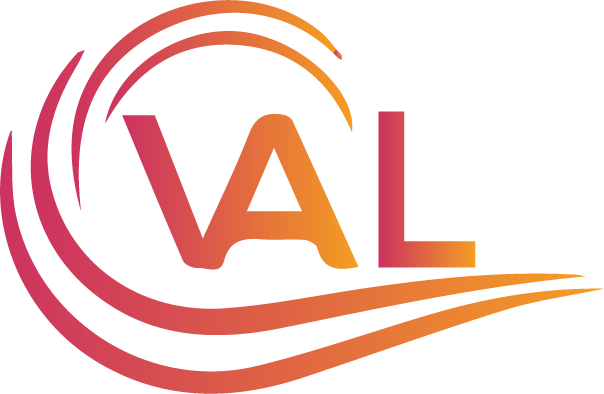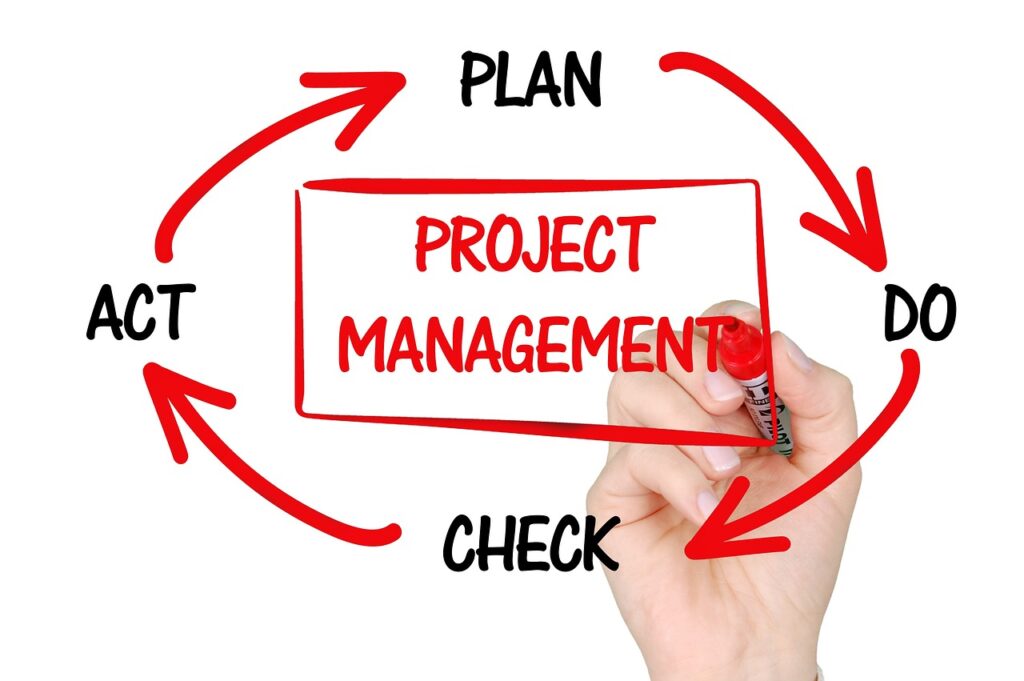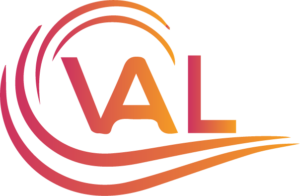In an increasingly competitive market, organizations need to deliver projects on time, within budget, and with the highest quality standards. Traditional project control methods focus heavily on documentation, rigid processes, and reporting. While these elements are essential, they often lead to bureaucracy, delays, and inefficiencies. Lean Project Controls merges lean principles with project control techniques to eliminate waste, optimize workflows, and continuously improve project outcomes.
What Are Lean Project Controls?
Lean Project Controls is an approach that integrates lean principles—originally derived from manufacturing and product development—into the planning, monitoring, and controlling processes of project management. The goal is to create value for the customer and stakeholders while minimizing all forms of waste.
Key lean principles include:
- Value: Focus on what the customer values.
- Value Stream: Map out the entire process to identify waste.
- Flow: Ensure work moves smoothly without interruptions.
- Pull: Produce only what is needed when it is needed.
- Continuous Improvement (Kaizen): Always seek ways to improve processes.
When these principles are applied to project controls, the result is an efficient workflow, accurate forecasting, and a culture of continuous improvement.
The Importance of Lean Thinking in Project Controls
- Elimination of Waste:
Lean techniques help identify and remove non-value-adding activities like excessive reporting, rework, and waiting times. By reducing or eliminating these wastes, teams can focus on high-impact activities that directly contribute to project success. - Enhanced Transparency:
Lean Project Controls encourages clear and frequent communication across the project team. Visualization tools—like Kanban boards, Gantt charts, and earned value analytics—make progress and potential roadblocks visible to everyone. - Increased Flexibility:
Traditional project controls can be rigid. Lean principles introduce adaptive processes that can pivot quickly in response to changes in scope, budget, or external factors, reducing the risk of major disruptions. - Improved Collaboration:
Cross-functional teams are at the heart of lean. By collaborating closely and sharing insights, project teams can solve problems faster, reduce silos, and maintain a shared sense of ownership and responsibility. - Continuous Improvement:
Lean promotes an iterative process of analyzing performance, implementing improvements, and measuring results. Over time, this cycle leads to a culture of excellence and innovation in project delivery.
Core Components of Lean Project Controls
- Value Stream Mapping (VSM):
A fundamental lean tool that helps you visualize the flow of information and materials. In project controls, VSM can highlight bottlenecks in budgeting, scheduling, and reporting processes. - Pull-Based Scheduling:
Traditional push-based scheduling assigns tasks and deadlines without always considering capacity or priority. A lean pull-based system schedules tasks only when they are needed and resources are available, preventing overproduction and task piling. - Continuous Improvement Cycles (PDCA):
Plan-Do-Check-Act (PDCA) ensures that every phase of project controls is subjected to review and enhancement. Data from previous cycles is used to refine future planning and control methods. - Visual Management:
Use simple visual tools—like color-coded dashboards, project scorecards, or Kanban boards—to show real-time progress. This transparency helps the team quickly spot deviations, communicate effectively, and make swift, informed decisions. - Agile Reporting and Metrics:
Rather than relying on cumbersome and infrequent reporting, lean encourages concise, regular updates. Key performance indicators (KPIs) should be directly tied to the project’s critical success factors and reviewed frequently for actionable insights.
Best Practices for Implementing Lean Project Controls
- Start with a Pilot Project:
Introduce lean principles to a smaller project or a specific phase. Monitor the results, gather feedback, and refine the approach before rolling it out on a larger scale. - Involve the Entire Team:
Lean thrives on collaboration and shared ownership. Ensure that all stakeholders—from senior executives to on-site teams—understand the lean philosophy and are committed to its success. - Train and Empower Employees:
Providing training, workshops, and mentoring on lean methods and tools helps employees feel confident in identifying and resolving inefficiencies. - Leverage Technology Wisely:
Tools like project management software, data analytics, and cloud platforms can accelerate lean adoption by automating repetitive tasks and providing real-time insights. However, be cautious not to introduce unnecessary complexity. - Regularly Review and Improve:
Keep lines of communication open and encourage feedback. A continuous improvement mindset ensures that Lean Project Controls remains an evolving and adaptive system.
The Benefits of Lean Project Controls
- Reduced Costs and Overruns: Eliminating unnecessary activities and improving accuracy in forecasts can significantly reduce budget overruns.
- Shorter Project Timelines: Streamlined workflows and faster decision-making minimize delays and keep projects on track.
- Higher Quality: By focusing on value, teams are better equipped to deliver outcomes that meet or exceed stakeholders’ expectations.
- Greater Stakeholder Satisfaction: Transparent communication and predictable results build trust and confidence with stakeholders.
- Sustainable Competitive Advantage: Organizations that master lean methods are more adaptable, innovative, and resilient in a constantly changing environment.
Conclusion
Lean Project Controls offers a fresh perspective on traditional project management practices. By focusing on eliminating waste, enhancing transparency, and fostering continuous improvement, teams can deliver projects more efficiently while maintaining the highest standards of quality and stakeholder satisfaction. Whether you’re managing a small initiative or overseeing a complex program, incorporating lean principles into your project controls can transform how you plan, execute, and measure success—ultimately leading to more predictable, value-driven outcomes.




